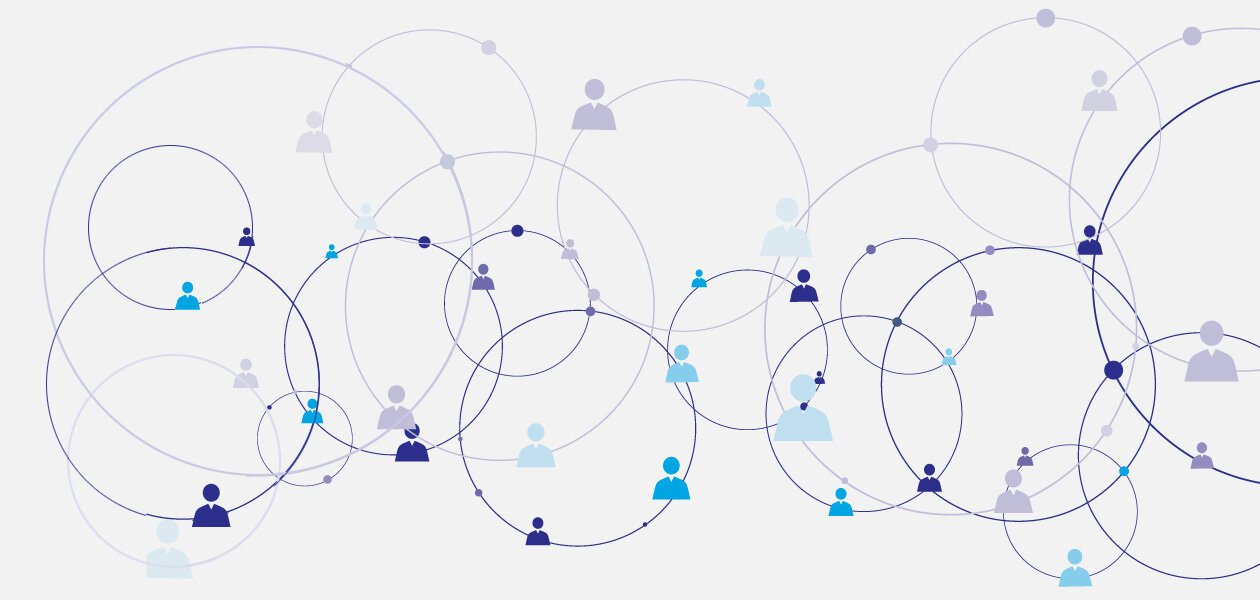Connecting skill management to your HRIS
Human resources management generates a lot of records and is supported by process after process. Sometimes we lose sight of the people in all of the data and processes. Collecting reliable records is a critical part of human resources management but it cannot be the whole story. We need to find ways to weave the 'human' back into HR and to make the data relevant to the individuals and business operations.
This data and process centric approach has been coded into the software used by human resources departments. Human Resources Information Systems (HRIS) is a central part of the enterprise software market. From PeopleSoft (founded in 1987 and acquired by Oracle in 2005) to Workday (founded in 2005 by the people who started PeopleSoft) and new upstarts like BambooHR and FinancialForce, HR software is a big category. It needs to be. Human resources generates a lot of records, which is necessary for compliance reasons. Today's challenge is to add value to operations and to the people who are the resources. This is where skill management comes in. It provides new perspectives and data for human resource management and new ways to leverage data captured inside the HRIS.
People are responsible for managing their own skills. As Chuck Hamilton (former head of global mentoring at IBM) has said, "HR and talent management look at the individual from the outside in, skill management works from the inside out." The outside in world of HR records and processes is actually a good complement to the inside out world of skill management.
Skill management is organized around people, skills, projects and roles and draws the connections between each.
People claim their own skills, suggest skills to each other, and connect skills to the their projects and roles. Skill management connects people to each other (do they share skills, have they worked on the same or similar projects, have they held the same role), skills to projects and skills to roles. This lets skill management systems see how each individual approaches their work and find the patterns that correlate with success.
How does skill management connect to HR IS systems?
The HRIS will be the system of record in most organizations. The skill management system is a complement to HRIS. Although most skill management systems can operate on their own (TeamFit, TalentSky, SkillDB Pro), there are good reasons to integrate. The HRIS is frequently the system that validates that a person is a current employee. This can be important for security and privacy reasons. The HRIS often has a record of roles and a list of skills associated with these roles. It sometimes even has a simple list of the skills that a person has. These can be used to see the skill management system and accelerate its adoption. The skill management system can then send a more realistic and updated list of skills back to the HRIS and can even be used to keep the role model (the skills associated with a role) current and realistic.
Skills, the currency of professional services work, are a good integration point for many types of data. In addition to the data exchanged with the HRIS system, the skill management system can pull together data from the project management system, the scheduling system, the talent management and recruiting system. Internal communication channels are also a place to gather and exchange all this critical information on skills.
Ibbaka also supports team building and utilization optimization, critical activities at any professional services firm, whether it be engaged in architecture, engineering, construction (AEC), business consulting, design or legal and accounting services. Bringing together information from these different enterprise applications is necessary if professional services companies are going to optimize for performance.
Even more important though is the way that skill management helps individual consultants take control of their career. It does this by giving them a record of their skills and projects that can travel with them across their career, giving them a way to demonstrate their expertise, put up their hand for the projects they are most interested in and tell their own story in their own way.



